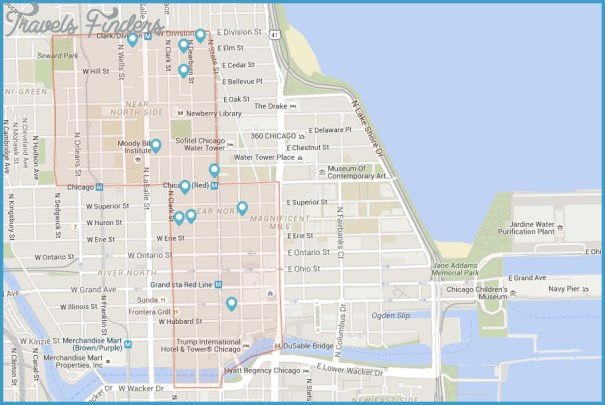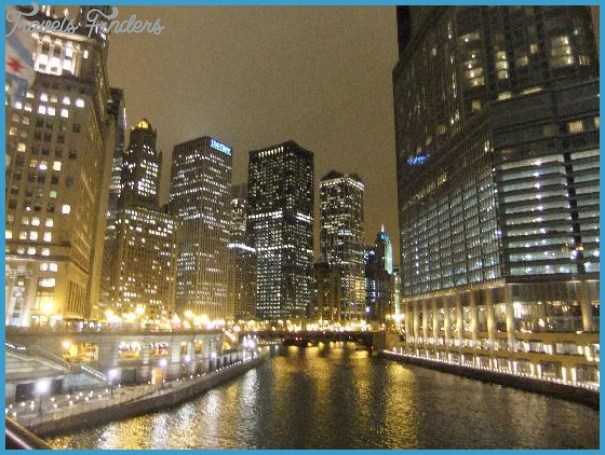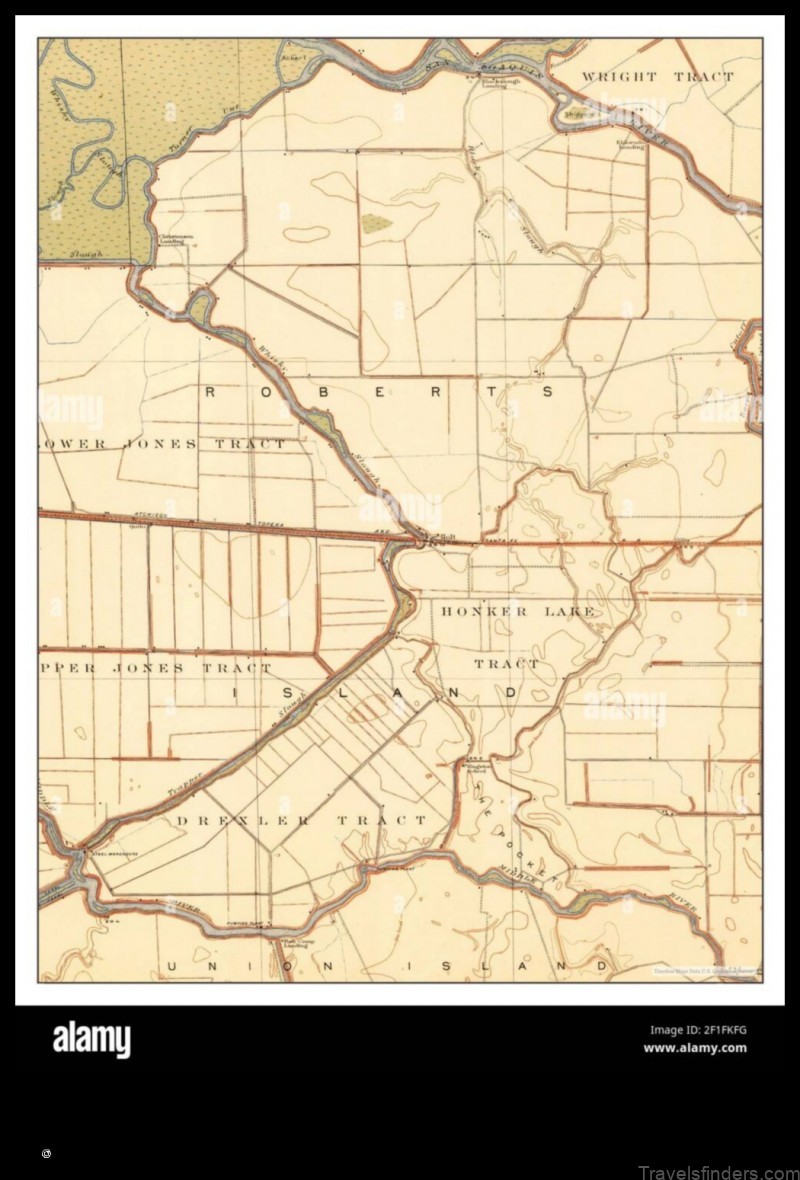MICHIGAN AVENUE BRIDGE MAP
This innovative bridge transformed a desolate street into the “Magnificent Mile. ”
As part of their expansive 1909 Plan of Chicago, Daniel Burnham, Edward H. Bennett, and others conceived of a monumental gateway between Chicago’s north and south sides: the Michigan Avenue Bridge. The bridge would ease the increasing traffic congestion downtown and, as important, would distinguish Chicago architecturally with a crossing as beautiful and iconic as those of the great European cities.
Enthusiastic, forceful, and larger than life, Burnham no doubt began to formulate this grand civic scheme when he directed Chicago’s enormously popular and profoundly influential 1893 World’s Columbian Exposition. Inspired by ancient Rome and Greece, the exposition’s buildings were designed in the neoclassical style, which Burnham believed best expressed the civic ideals that would in turn improve residents’ quality of life. Accordingly, he set out to reshape Chicago, and the rest of the nation.
Make no little plans; they have no magic to stir men’s blood . Make big plans; aim high in hope and work, remembering that a noble, logical diagram once recorded will never die, but long after we are gone will be a living thing, asserting itself with ever-growing insistency.
The Michigan Avenue Bridge was a crucial link, marshaling Chicago’s transportation pattern along the plan’s guidelines. Before it was built, Michigan Avenue ended at the Chicago River and almost half of Chicago’s north-south traffic squeezed through at the Rush Street swing bridge, which was also the first bridge encountered by ships entering from Lake Michigan.
MICHIGAN AVENUE BRIDGE MAP Photo Gallery
After Burnham’s death in 1912, Bennett took over the bridge’s design, assisted by engineers Thomas G. Pihlfeldt and Hugh Young. The bridge was a refinement of a trunnion bascule design, a type of movable bridge employed in Chicago almost without exception since the first one, the Cortland Street Bridge, was completed in 1902.
Bascule, meaning “seesaw” in French, describes how these movable bridges work. The bridge span is balanced by a counterweight. In a trunnion bascule, both bridge and counterweight balance on a trunnion, the point on which the bridge pivots. The bridge’s two leaves, each of which weighs 3,340 tons (3,030 tonnes), are raised and lowered by gears hidden in the bridge houses and powered by 108-horsepower motors, one for each leaf. The bridge is so finely balanced that when it is painted, it must be recalibrated. During its first decade, the bridge was lifted more than 3,000 times a year. Today, it lifts approximately 40 times a year.
It was the city’s masterpiece: the world’s first double-leaf, double-deck trunnion bascule bridge, capable of handling two levels of traffic and clearing the channel in less than 60 seconds. As intended, the business district expanded across the river, transforming desolate Pine Street into what is now North Michigan Avenue, nicknamed the “Magnificent Mile” for its renowned retail. Over the decades, many other aspects of Burnham’s vision were also realized. In 2009, the centennial of Burnham’s plan, a major restoration of the bridge began. A year later, it was officially renamed the DuSable Bridge, to honor Jean-Baptiste-Point.
Du Sable, the city’s first nonnative resident.
Four massive bridge houses, designed by Bennett in the Beaux-Arts style. They are adorned with bas-reliefs sculpted from limestone by J. E. Fraser and Henry Hering in 1928. Chicago boasts more than sixty movable bridges, more than any other city in North America, forty-three of which are operational. Nearly all of them are trunnion bascules, a bridge type that is so identified with the city that it is referred to internationally as a “Chicago-type” bridge.

